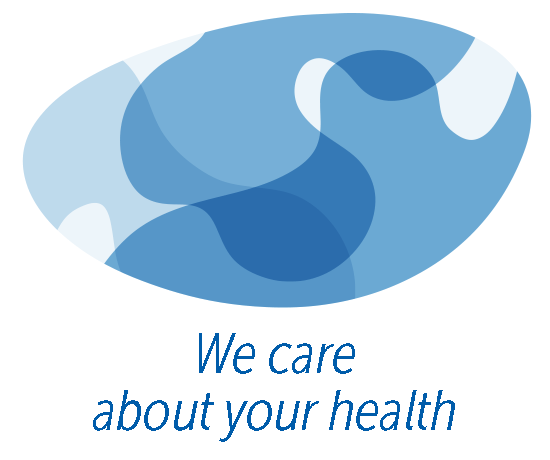Diabetes is a disease associated with hyperglycaemia, resulting from the abnormal action or secretion of insulin. Insulin is a key which is required to open cells which then are able to receive glucose. Glucose is an important source of energy for the organism.
TYPES OF DIABETES
Beta cells is the pancreas become destroyed as a result of an immunological reaction or another, undetermined process, leading to a deficiency of insulin and its necessary supplementation in injections or with an insulin pump.
This is most often associated with insufficient physical activity and obesity. It leads to insulin secretion disorders with accompanying insulin-resistance.
Abnormal fasting glycaemia, abnormal glucose tolerance or diabetes diagnosed in routine examinations during pregnancy. This is associated with changes in hormonal secretion during pregnancy, which counteract insulin and leading to hyperglycaemia.
This is associated with all kinds of genetic defects and other processes leading to disorders of insulin action or pancreatic secretion.
“The number of patients with diabetes increases drastically every year. All age groups are affected, from very young children to the elderly.”
TREATMENT METHODS
Depending on the type of diabetes, a patient receives drugs supporting pancreatic insulin secretion, drugs increasing sensitivity to insulin, or simply insulin. An appropriate diet is equally important. In mild cases, a diet may be a sufficient form of therapy. Correct patient education should also be stressed, as well as appropriate physical exercise which makes it easier to maintain normal blood sugar level.
Basic terms associated with diabetes
- Hypoglycaemia
Hypoglycaemia is a condition in which the blood glucose level is less than 55 mg/dL (3.0 mmol). It may be accompanied by characteristic symptoms, including rapid heartbeat, anxiety, vision disorders, sweating, shaking hands, tingling sensation around mouth, concentration disorders, hunger and behavioural disorders. A hypoglycaemic person may act as if he or she were drunk and so we should always keep this in mind in order to react quickly. A conscious hypoglycaemic person, in this condition, should be immediately given a sweet drink containing a lot of carbohydrates, or simply something sweet. Medical help should be called for if the person is unconscious.
- Hyperglycaemia
Hyperglycaemia is a condition in which the blood glucose level is over 100 mg/dL (5.5 mmol). It is also accompanied by certain symptoms. Those include mouth and eye dryness, unusual thirst and visual disorders. Long-term and high hyperglycaemia may cause various complications. For that reason, if the blood sugar level is too high, some appropriate actions have to be taken to reduce it and bring it to the normal range.
What are first signs of diabetes?
Basic symptoms of diabetes are: unusual thirst, body weight loss, general tiredness and somnolence, and frequent urination. It is important to spot those symptoms early and react to avoid a hyperglycaemic coma.

